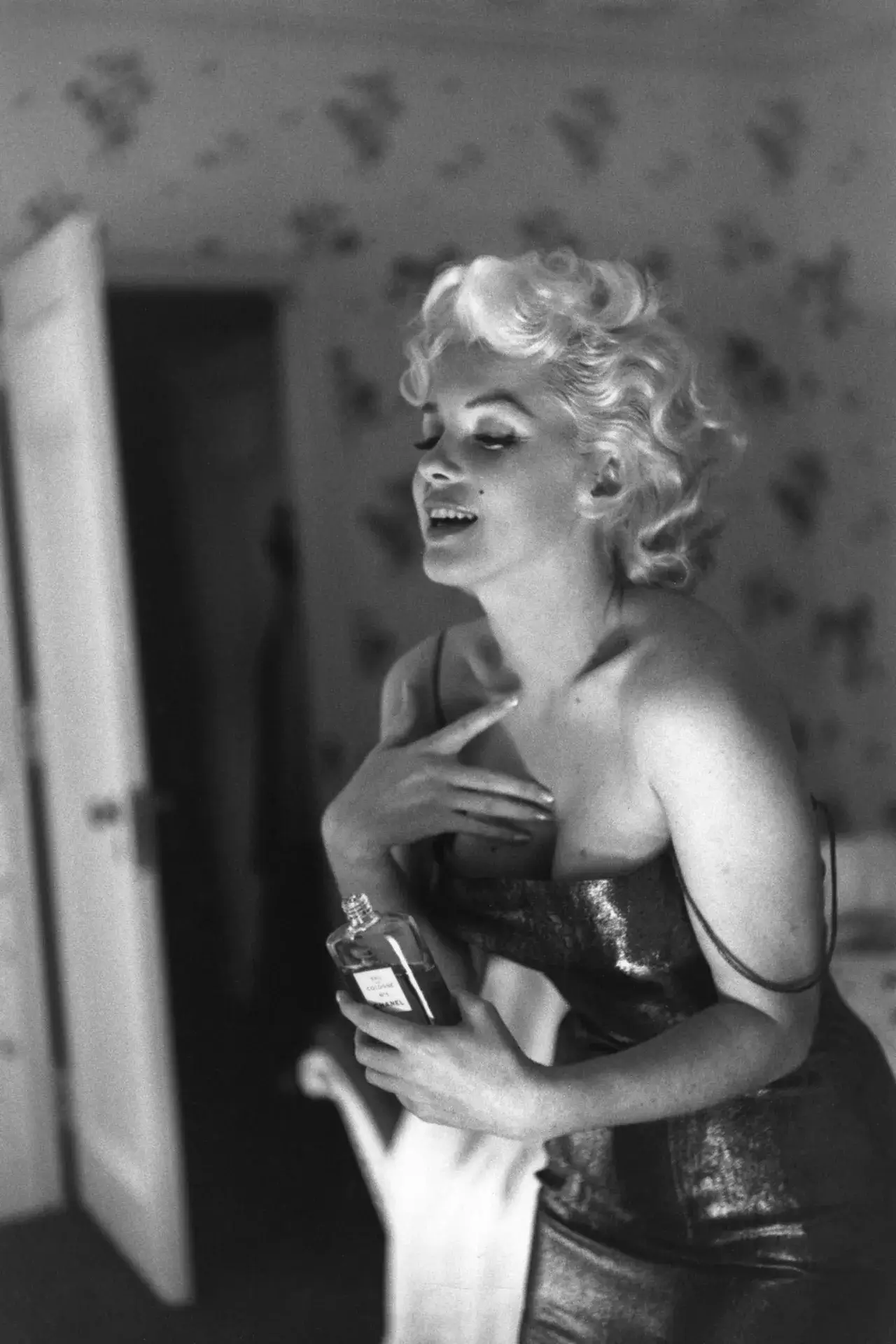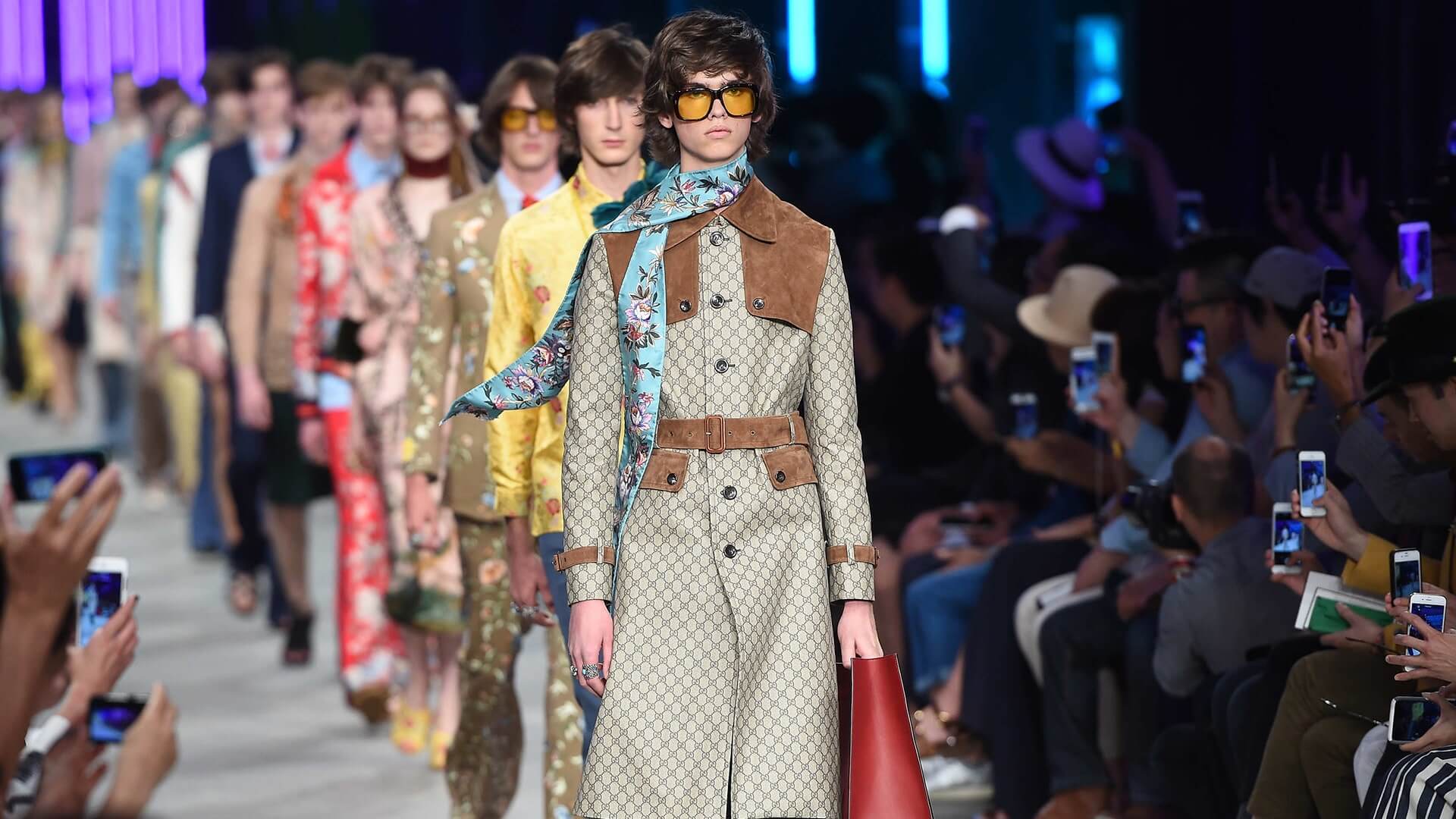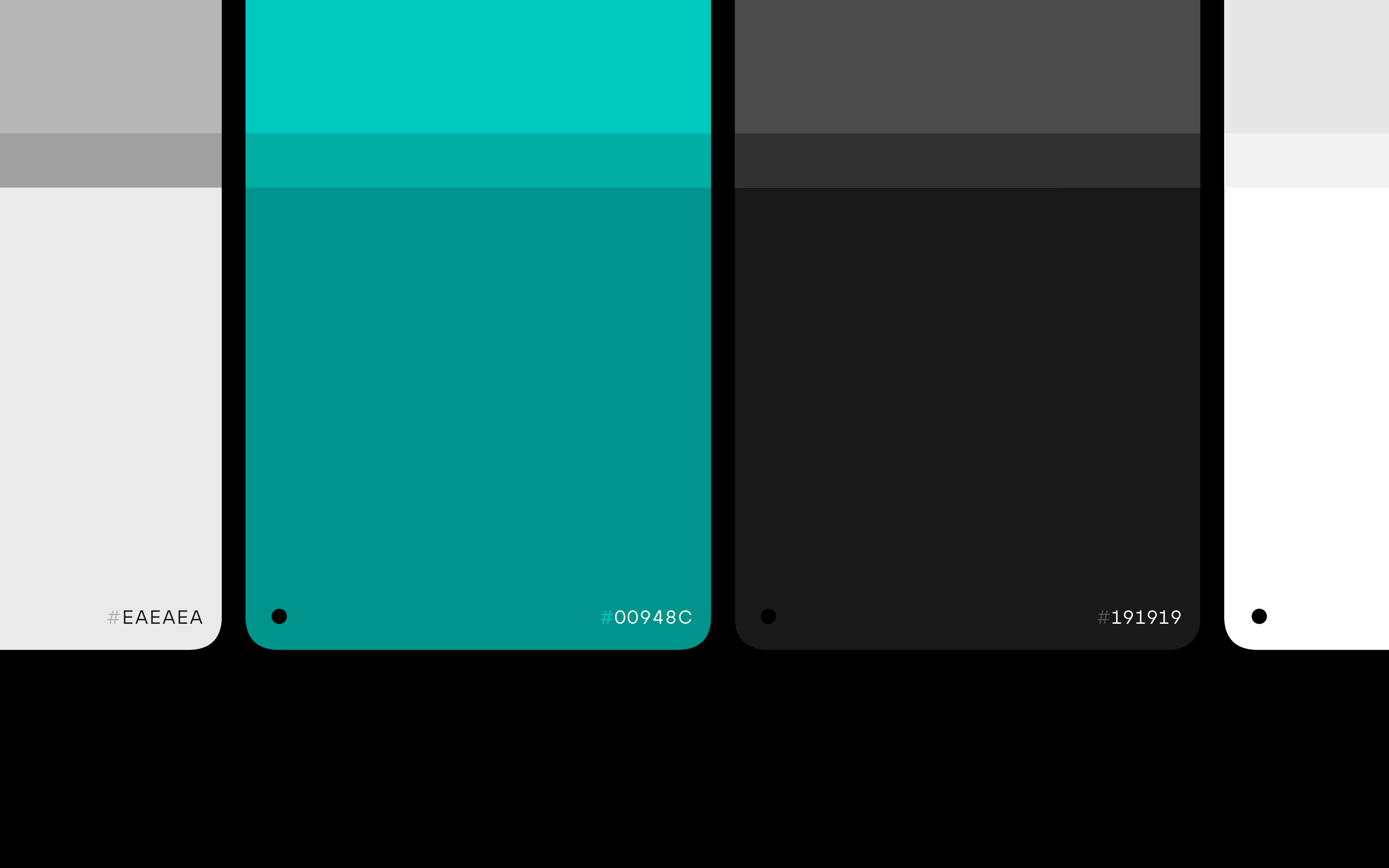
Luxury might feel immutable, but it’s actually undergoing big generational changes. Here’s what to know about the relationship between Gen Z and luxury brands, and how to adapt.
The relationship between Gen Z and luxury can be quite surprising if you come from a traditional luxury mindset.
Forget conspicuous consumption – Gen Z is redefining luxury on its own terms. Unlike their parents’ generation, who craved flashy logos and status symbols, luxury for Gen Z (those born between the mid-90s and early 2010s) is about way more than just expensive stuff. They are all about experiences that leave a lasting impression, respect the planet, and feel authentic, not staged.
The whole “luxury = fancy car and designer bag” equation just doesn’t cut it anymore. They are drawn to unique adventures, things that tell a story and reflect who they are.
For luxury brands, this means redefining their marketing strategies, and sometimes undergoing a deeper renewal.

Shaped by a Digital World: The Formative Influences on Gen Z
Imagine growing up constantly connected, bombarded by global trends on your smartphone. Welcome to the world of Gen Z, the digital natives who’ve never known life without the internet and social media.
These platforms aren’t just for entertainment; they shape their values, what’s considered “luxury,” and how they make purchasing decisions. Influencers they follow and reviews from real people they trust hold more weight than traditional advertising when it comes to Gen Z and luxury brands.
This constant global connection makes Gen Z hyper-aware of social issues like climate change and economic inequality. That’s why luxury for Gen Z goes beyond a price tag. It’s about aligning with brands that share their values and strive for a positive impact. Luxury becomes about sustainable practices, ethical sourcing, and authenticity.
Economic realities also shape Gen Z’s view of luxury. Witnessing events like the 2008 crash fosters pragmatism. They seek value for money, prioritizing high-quality, durable items and experiences that create lasting memories over fleeting trends.
For example, the color green has evolved from being simply associated with nature to also representing eco-friendly and sustainable luxury.
Similarly, technological advancements and changing consumer preferences have influenced the adoption of colors like sleek metallics and soft pastels in luxury branding, reflecting a blend of innovation and elegance.
Gen Z and Luxury: Desires, Trends, and Leading Brands
The relationship between Gen Z and luxury isn’t about dropping a ton of cash on a fancy label. It’s about building a life that reflects who they are – all the weird, wonderful things that make them tick.
They grew up glued to screens, so brands that get tech and are constantly innovating totally win them over. Think AR filters that let them try on clothes virtually or virtual fashion shows that blow their minds – that’s the kind of cutting-edge stuff they love (Balenciaga and Burberry, just to name two).
But luxury goes beyond cool gadgets for Gen Z. It’s about being part of something bigger. Brands that build real communities and listen to what they have to say are the ones they connect with.
Glossier and Supreme get it – they talk directly to them on social media and create a space where they can feel like themselves and connect with others who get it.
Speaking of themselves, Gen Z doesn’t care about labels. They reject traditional gender norms and seek brands that offer unisex or gender-neutral products. Gucci, for example, has been at the forefront of this movement, featuring gender-neutral collections and diverse representation in their campaigns.
Luxury for Gen Z is also about the story behind the product. They want to know where their clothes come from and who made them – the craftsmanship, the heritage. This makes the whole experience way more meaningful.
Chanel and Hermes are masters at this; they create rich narratives around their products that make them feel connected to something bigger than themselves.

Is Your Luxury Brand Gen Z Ready? A Comprehensive Checklist
To ensure your brand resonates with Gen Z, consider the following questions that align with their values and preferences:
Embracing Digital Innovation
- Are you leveraging augmented reality (AR) and virtual reality (VR) for immersive experiences?
- Is your e-commerce platform seamless, mobile-friendly, and personalized?
Cultivating Authentic Connections
- Are you actively engaging with your audience on social media platforms like Instagram, TikTok, and YouTube?
- Have you built a sense of community around your brand through live streams, interactive Q&A sessions, and virtual events?
Prioritizing Inclusivity and Diversity
- Do you offer unisex or gender-neutral products?
- Does your marketing campaign reflect a diverse range of identities and backgrounds?
Highlighting Transparency and Storytelling
- Are you providing behind-the-scenes insights into your production processes?
- Are you sharing the history and heritage of your brand through compelling storytelling?
Championing Sustainability and Ethical Practices
- Have you implemented eco-friendly initiatives, such as using recycled materials and reducing carbon footprints?
- Are you transparent about your supply chain, labor practices, and environmental impact?
Offering Personalization and Customization
- Do you provide options for customers to personalize and customize products?
- Are you using data to offer personalized shopping experiences and tailored marketing messages?
Delivering Unique and Memorable Experiences
- Are you creating memorable in-store and online experiences that go beyond the transaction?
- Do your marketing campaigns offer experiential elements like exclusive events, brand activations, and hands-on activities?
Few brands will answer “yes” to all of these questions. Anyway, whatever your score is, it’s never too late to get to work.
READ MORE ON
How We Choose Brand Colors for Impact
Choosing brand colors is never easy. But it helps to have a rough idea of why you are picking one over another.
Why Our Branding Agency is Called Sublimio
What’s in a name? More exactly, what’s in our name? Well, probably more than you think. Here’s where it comes from.
How We Do Brand Typography for Strong Brands
Brand typography can be seen as a detail, but it’s the living spirit of a brand. This is how we do it at Sublimio.
Giving the Brand a Body: How We Do Visual Identity
Designing a visual identity means creating a whole world. So where do you start and, most importantly, where do you stop?










